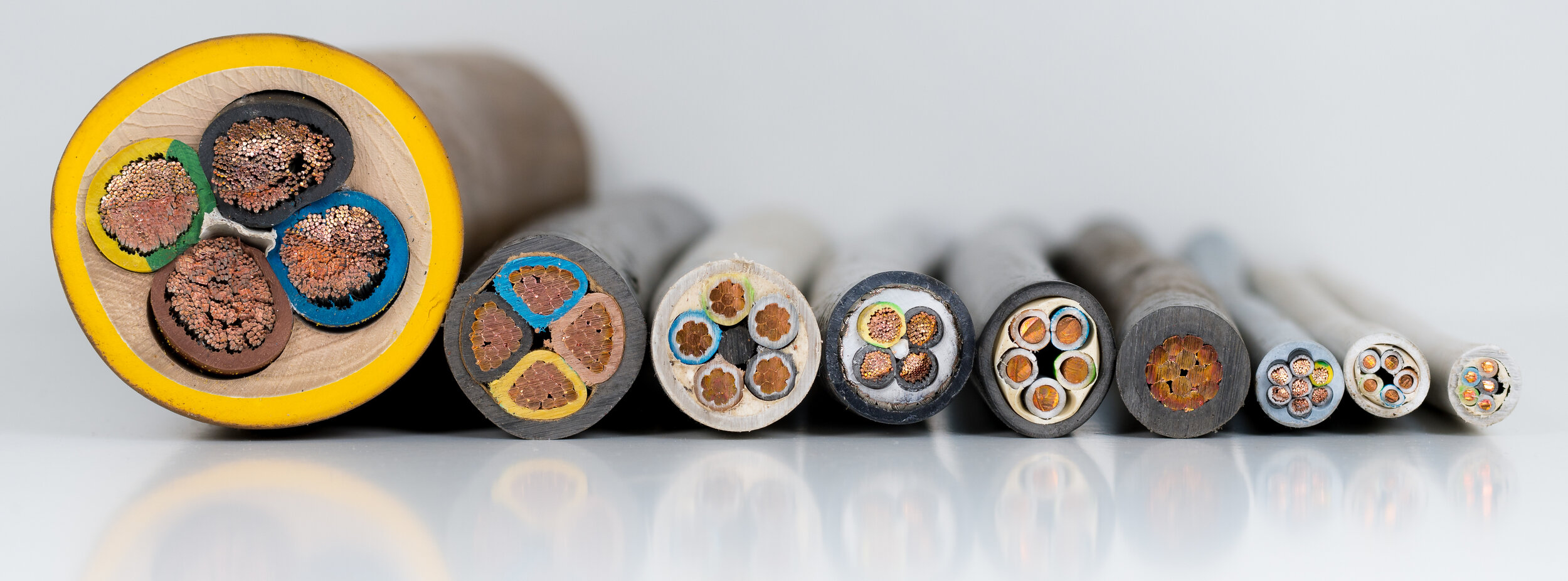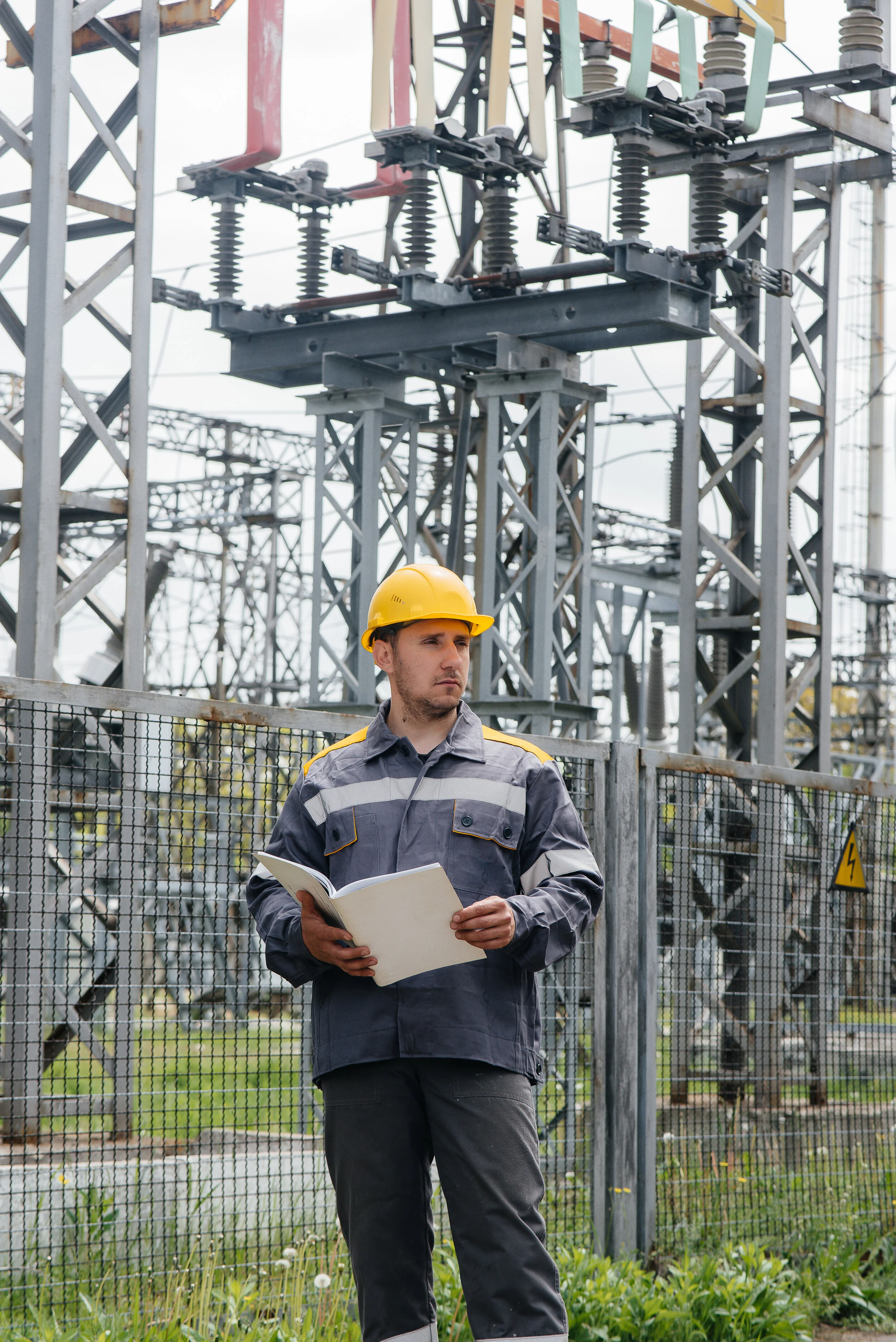
What Do Substation Technicians Do?
Substation technicians work primarily with electric substations, which send electrical energy into nearby homes, and are also responsible for routine maintenance and updates of substations, as well as emergency repairs when necessary. These technicians must be able to work with schematics and a variety of circuit breakers, power cables, and transformers, and this work can be somewhat dangerous and requires a great deal of knowledge to safely handle this equipment.
Some substation technicians travel to stations many miles apart, and they work primarily outdoors in various locations depending on the employer. They mainly work alone or with one other technician to complete tasks and ensure safety among employees. Substation technicians may work for small government offices or large substations, and a high school diploma and a four-year apprenticeship program are often minimum requirements for this position while some employers also require years of prior experience in the field. Once an apprenticeship is completed, they then take their licensing exams to obtain electrician credentials.
Substation Technician Program
CIP Code §46.0301
COURSE OBJECTIVE:
The Substation Technician training program is a 440 hour, 22-week (assuming 20 hour/week), 5 module course designed to provide students with the training and skills necessary for careers in the electrical T&D field. This course begins with introduction to the power delivery systems, proceeds through safety and NESC (National Electrical Safety Code) for all practical applications and steps. It continues with design and construction practices that go deeper into the safety specifics for jobsite conditions. The Substation Technician program will concentrate on practical impacts of substation construction and systems operations as well as best for the trade practices. This course will touch on system operations and maintenance necessary for uninterrupted power supply. There are scheduled lab days which will be used for practical hands on demonstrations for installations and develop students’ skills with installations.
Certificate holders will be able to immediately join a workforce which is projected to require an additional 65,000 skilled workers (source: Bureau of Labor Statistics) and will be confident and competent in contributing to planning and execution of an electrical construction project. Upon graduation of the course, students will be able to be productive and skilled members of the electrical T&D.
MODULES: CLOCK HOURS | LECTURE/LABORATORY/TOTAL
STP 101: Introduction to Power Delivery | 80/0/80
STP 102: Substations – Overview and Equipment | 120/0/120
STP 103: Substations Design and Construction | 60/60/120
STP 104: Substation System Operations | 30/30/60
STP 105: Management and productivity | 60/0/60
TOTAL HOURS | 350/90/440
Your Career Starts Here

OUR MISSION
We will deliver unparalleled education and skills training programs for high-demand occupations that result in rewarding careers for all of our students
Our school, instructors and staff are approved and certified by Texas Workforce Commission (TWC) and Career Colleges & Schools of Texas (CCST)
Classes Starting Soon!
Check the schedule to view upcoming dates and times.

Course Objectives:
STP 101 – INTRODUCTION TO POWER DELIVERY
Objectives:
1. Introduce to Power Delivery: (The importance of electricity, history of power delivery, types of companies, positions and career paths, key agencies, and organizations)
2. Substation Safety 1: (Introduction to Safety, Personal protective equipment, Hazards, Safety attitude and accident investigation)
3. OSHA 1: (Subpart R, Introduction and Paragraphs: (a) and (b); Subpart R, Paragraph (c): Job Briefings; Subpart R, Paragraph (g): Personal Protective Equipment; Subpart R, Paragraphs (i) and (k): Hand and Portable Power Tools and Materials Handling and Storage; and Subpart R, Paragraph (n): Personal Protective Grounding)
4. Working in Elevated Positions: (Fall Protection, Wood Poles and Aerial Lifts, Steel Structures and Ladders, and Rescuing the Injured.)
5. Knots, Splices and Rope: (Rope Types, Knots, Splices, and Slings, Chain, and Shackles.
6. Rigging: (Weights and Loads, Sling Angles, Tensions, Equipment, and Applications)
7. Electrical Systems: (Electrical Systems – An Overview, Generation, Transmission, Distribution, and Substations)
8. First Aid: (Electrical Burns, Heat and Cold Illnesses, Stings and Bites, Sight and Hearing Injuries, and Elevated Position Rescue)
9. Applied Mathematics: (Whole Numbers, Fractions, Decimals, and Percentages, Powers and Roots, Algebra and Geometry, and Trigonometry and Binary Systems)
10. Basic Electrical Theory: (Atomic Structure, Magnetism and Static Electricity, Voltage and Amperage, Ohms and Watts, and Ohm’s Law)
11. Introduction to Substations: (Substations – An Overview, Circuit Breakers and Disconnects, Transformers, Regulator/LTC, and Relays and Metering)
STP 102 – SUBSTATIONS - OVERVIEW AND EQUIPMENT
Objectives:
1. Substation Safety 2: (Safety Meetings, Poor Safety, Public Safety, Communications, and Accident Review)
2. OSHA 2: (Subpart R, Paragraph (h): Ladders and Platforms; Subpart R, Paragraph (j): Live-Line Tools; Subpart R, Paragraph (l): Working On (or near) Exposed Energized Parts; Subpart R, Paragraph (m): De-energizing Lines and Equipment For Employee Protection; and Subpart R, Paragraph (o): Testing and Test Facilities)
3. AC Fundamentals: (AC Generation, Series and Parallel Circuits, Inductance, Capacitance and Power Factor, and Three-Phase Power)
4. Working on Lines and Stations: (Getting Started, The System Operator, Clearing Lines and Equipment, Working on De-energized Lines and Equipment, and Working on Energized Lines, and Equipment)
5. Disconnects and Switches: (Getting Started, Disconnects, Switches, Maintenance, and Operation of Disconnects and Switches)
6. Substation Conductors: (Conductor Basics, Conductor Types, Conductor Selection, and Installation, Medium and High Voltage Underground Conductors, and Low Voltage Conductors)
7. Circuit Breakers: (Introduction to Circuit Breakers, Types of Circuit Breakers, Circuit Breaker Components, Circuit Breaker Control Circuits, and Circuit Breaker Auxiliary Equipment)
8. Transformers: (Transformer Theory, Components and Construction, Oil Preservation and Cooling Systems, and Connections and Special Applications. Revenue Metering, Current Transformers, Potential Transformers, Transformer-Rated Metering, and Panel Meters)
9. Capacitors, Reactors, and Surge Arresters: (Surge Arresters, Reactors, Capacitors, Maintenance of Reactors and Capacitors, and Capacitor/Reactor Operation)
STP 103 – SUBSTATION DESIGN AND CONSTRUCTION
OBJECTIVES:
1. Supply Station NESC 1: (Applying the NESC, Protective Arrangements in Electric Supply Stations, Installation and Maintenance of Equipment, Part 1, Installation and Maintenance of Equipment, Part 2, and Grounding Methods for Electric Supply Stations)
2. Supply Station NESC 2: (Supply Stations – Rules for Employees, General Rules for Employees, and Additional Rules for Supply Employees)
3. OSHA 3: (Subpart R, Paragraph (e): Enclosed Spaces; Subpart R, Paragraph (f): Excavations; Subpart R, Paragraph (p): Mechanical Equipment; Subpart R, Paragraph (s): Communication Facilities; Subpart R, Paragraph (t): Underground Electrical Installations; Subpart R, Paragraph (u): Substations; and Subpart R, Paragraph (w): Special Conditions)
4. Substation Safety 3: (Job Briefing, Trench Safety, Electric and Magnetic Fields, Oil Spills, and Material Safety Data Sheet (MSDS))
5. Substation Design 1: (General Design Considerations, Physical Layout, Site Design, Grounding, and Major Equipment)
6. Substation Design 2: (Bus Design, Structures and Foundations, Insulated Cables, Conduits, and Raceways, Instruments, Relaying, and Metering, and Substation Control)
7. Substation Construction: (Site Preparation, Foundations, Conduit, and Ground Installation, Equipment Installation and Structure Erection, Control House and Control Wiring Installation, and Completion)
8. Substation Maps and Standards: (An Overview, Operating Drawings and Diagrams, Construction Drawings, Material Standards and Construction Standards, and Transmission and Distribution Maps)
9. Electronics: (Introduction to Solid State Electronics, Solid State Devices and Applications, AC Circuits, Digital Electronics, and Wireless Electronics and Communication)
10. Introduction to Substation DC Systems: (DC System Fundamentals, Batteries, Battery Chargers, Battery Safety and Inspection, and Ground Detection)
STP 104 – SUBSTATION SYSTEM OPERATION
Objectives:
1. Substation Safety 4: (Bloodborne Pathogens, Ergonomics, Safety Audits, Equipment Safety, and Key Safety Considerations)
2. Substation Special Elements: (Power Quality, Corrosion, Mobile Substations, Flame Resistant Clothing, and Hydraulics)
3. Substation Communication Systems: (Communications Basics, Communication Systems Utilized by Power Companies, Services Offered by Power Companies, Substation Communication Systems, and Substation Communications Equipment)
4. System Operations: (The System Operator, Clearing Lines and Equipment, Distribution Operation, Substation Operation, and Transmission Operation).
5. System Automation: (Overview, Key Equipment, Substation Automation, Distribution Automation, and Automated Meter Reading.)
6. System Protection: (System Protection Fundamentals, Distribution System Protection, Distribution Substation Protection, Transmission Protection, and Reporting and Monitoring Service Reliability)
7. Relays: (Introduction, Overcurrent Relays, Differential Relays, Voltage and Frequency Relays, and Auxiliary Relays)
8. Transformer Testing: (Testing Basics, Turns Ratio Test, DC Resistance Test, Exciting Current and Reactance Losses, Capacitance and Dielectric Losses, and Transformer Condition Testing)
STP 105 –MANAGEMENT & PRODUCTIVITY
Objective:
1. Construction management: (Planning, Units tracking, resources management)
2. Safety as profession: (Dedicated safety career based on this training)
3. System operations and scheduling: (System operations centers, outage coordination and procedures)
4. Emergency management: (Storm events, terrorism events)
We Accept Funding From The Following Sources for those who qualify:
GI BILL®, MYCAA, DARS, NO INTEREST TUITION PAYMENT PLAN AND ACADEMIC LOAN FUNDING AVAILABLE FOR QUALIFIED STUDENTS

“There has never been a better time to be an electrician. Good employment prospects, increasing pay levels and competition to attract top talent are all features of our industry.”
*source: Electric TV -The Future is Bright for Electrical Workers
Projected Number of Electrician Jobs: 2018 to 2028
2018 Median Pay for Electricians
$55,000 per year
$26.53 per hour
Job Outlook for Electricians
Employment of electricians is projected to grow 10 percent from 2018 to 2028, faster than the average for all occupations. As homes and businesses require more wiring, electricians will be needed to install the necessary components.
*source: Bureau of Labor Statistics









